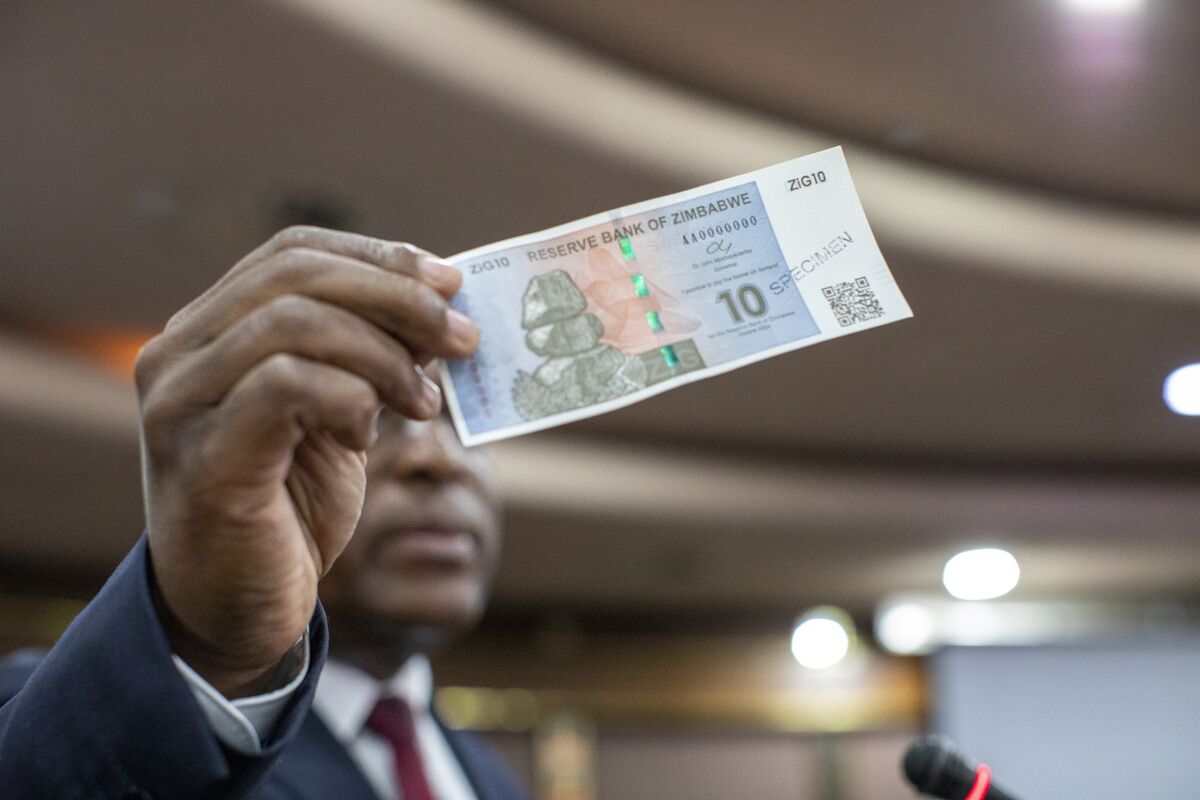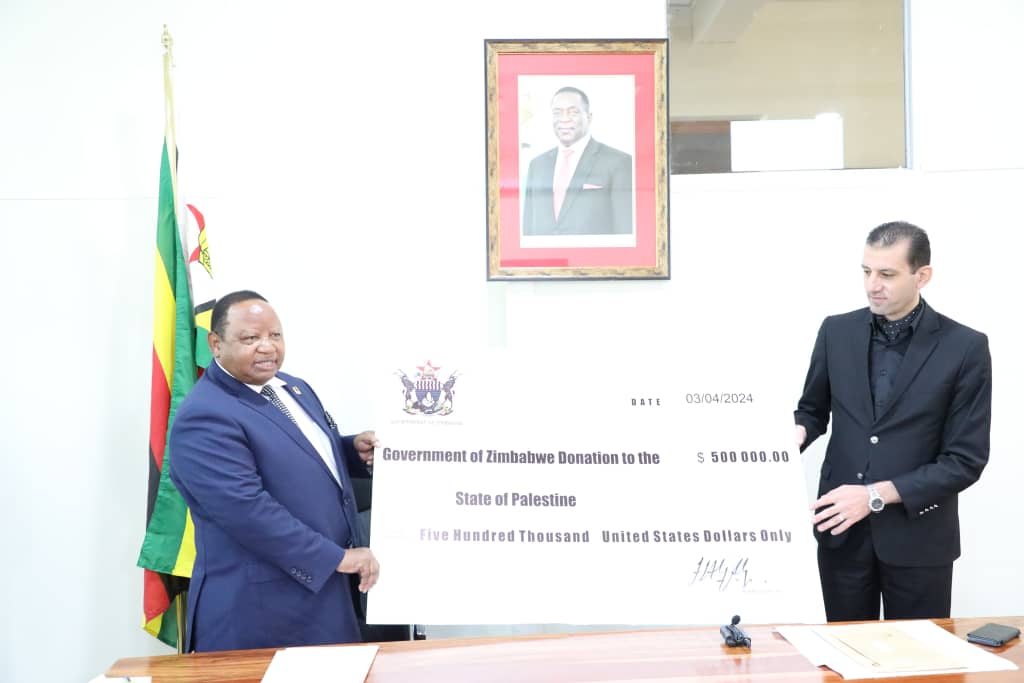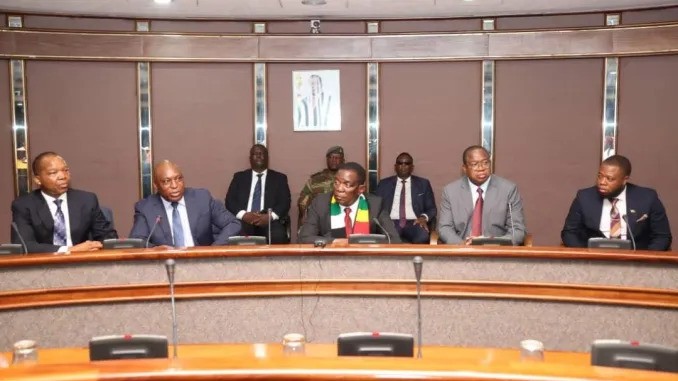Zimbabwe’s security forces are violently cracking down on activists ahead of a major protest against the government’s plan to introduce a new pseudo-currency to the country’s fragile economy. The plan has sparked fears of a return to ruinous hyperinflation.
One Zimbabwean protest organizer who spoke with Foreign Policy said armed men — some in police uniforms — ambushed six other organizers as they drove toward Zimbabwe’s capital Harare for the demonstration in the early hours of Friday morning.
“Six activist leaders were abducted and their cars were torched. We only found three of them this morning, about 100 miles from where they were supposed to be,” the protest organizer, still in Harare with other demonstrators, told FP. Three were still unaccounted for at press time. One is feared dead, Zimbabwean human rights lawyer Doug Coltart, who is in contact with the protest organizers, told FP.
One of the ambushed organizers, Patson Dzamara, was beaten unconscious and left naked in bushes by the armed combatants. “They beat me all over again and I overheard them talking to someone on the phone. They officers wanted me dead and told the person on the phone they had petrol, iron bars, cotton wool, and the only thing missing was a catalyst,” he later recounted. He was eventually taken to a hospital, where he told local journalists what happened.
“This is a standard modus operandi for Zimbabwean police or militia,” Coltart said. “People are abducted, beaten up, then turn up at a hospital hours or days later,” he added.
After Friday’s kidnappings, Harare was “crawling with police,” the organizer, who asked to remain anonymous citing safety concerns, said. Forty individuals, some affiliated with Zimbabwe’s prominent #ThisFlag protest movement, were arrested Friday afternoon. The organizer said they were “were all sitting peacefully in a park” when the police took them.
The protests addressed Zimbabwe’s recent announcement that the central bank, the Reserve Bank of Zimbabwe, would try to address a national cash shortage by introducing a pseudo-currency of “bond notes.” The notes “are essentially fake money,” government IOUs nominally pegged to the U.S. dollar, said Chloe McGrath, visiting fellow at the Atlantic Council’s Africa Center.
Zimbabwe switched to the U.S. dollar after a disastrous hyperinflation episode in 2007-2008 that saw inflation hit 500 billion percent and $100 trillion bills in circulation.
Introducing dollars is “one of the only astute economic decisions made in the country,” said McGrath. Greenbacks give desperate Zimbabweans some assurance their liquid assets don’t dribble away.
But with hard currency drying up thanks to a continued trade deficit and low commodity prices, that security blanket is disappearing — and few trust Zimbabwe’s national bankers to fix it, since they’re the ones that sparked the inflation nightmare in the first place. “No one wants to give printing power back to the bank,” Coltart said.
Zimbabwean president Robert Mugabe is facing new waves of civil unrest. It began in in April this year when Harare pastor Evan Mawarire started a social media movement coined #ThisFlag to express discontent with the government. The movement quickly coalesced into organized demonstrations against Mugabe, who has been ruling the country since 1980. With the specter of inflation again on the horizon, the protests may continue — despite the threat of beatings, burnings, and death.
“The government took away everything from me last time,” the organizer told FP, recounting the hyperinflation crisis that wiped out many Zimbabweans’ savings.
“I started again from nothing with three children in 2009 after the crisis. I will not start from nothing again.”-FP







